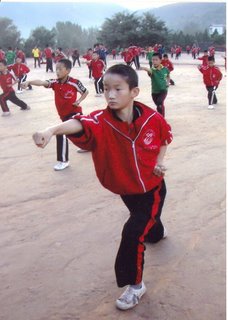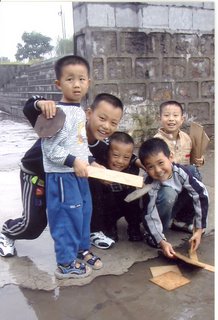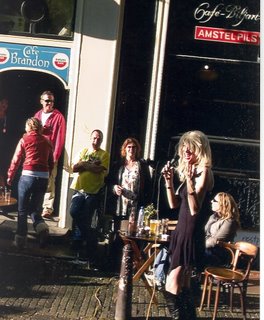
Here is a good overall biography resource: //www.biographybase.com/bio/a.
Fo
llow signs for any real or fictional person. Or, you may just come upon one at a cafe. Here we found James Joyce, in Pula, Istria, Croatia - near the old Roman gate.
Spain. Ernest Hemingway was in Spain in the 1930's, among many other places. See www.timelesshemingway.com/thearoom/generalsec1. See the Hemingway post at
Spain Road WaysFrance. Joan of Arc is over much of northern France. See www.archive.joan-of-arc.org; and
France Road Ways Germany. The Brothers Grimm are centered in Germany. A fine museum is at Kassel. It was hard to find with our map, but we just parked finally, and walked through a large park rather than cope with one-way streets. The Brothers Grimm tales are the subject of www.nationalgeographic.com/grimm/index2. Our culture waters them down ridiculously. Are our children so fragile that they can't hear the real thing? I have an old Grimm from the late 1800's, early 1900's, and Rapunzel becomes "with child," the young man falls off the ladder and is blinded in the briars, she wanders int he wilderness and has twins, and ultimately they meet up again.
Rome. The Romans were over most of southern and central Europe. See www.bbc.co.uk/schools/romans/; and
Germany Road Ways. They knew that it is one thing to conquer, another to administer afterwards, and they did both well - for centuries.
We also dogged these characters, real and fictional - using England as an example of all the springboards:
England. Robin Hood's legacy or compulsory sharing has spawned a New York City anti-poverty effort at www.robinhood.org/home/home.cfm. See character overview at www.boldoutlaw.com/.You can give your opinions at the Robin Hood Society at www.robinhood.ltd.uk/robinhood/index.
England. Find more about King Arthur at www.kingarthursknights.com/.
England. Charles Dickens? see www.helsinki.fi/kasv/nokol/dickens.
England. Chaucer - this site includes music at www.luminarium.org/medlit/chaucer.
England. Thomas a Becket. His life and murder at Canterbury Cathedral are described at www.eyewitnesstohistory.com/becket.
England. Peter Pan. Read the story version yourself at www.literature.org/authors/barrie-james-matthew/the-adventures-of-peter-pan/index.
Wales. And the castles regarding the Prince of Wales and Edward II in www.castlewales.com/caernarfon, and
Wales Road Ways.
Scotland. There are Robert the Bruce, see www.magicdragon.com/Wallace/Bruce6. And
and William Wallace (Freedom!"); this site says it is getting at the truth:
Wallace . The BBC also has a site:
William Wallace overviewNessie, see
Loch Ness and Rob Roy MacGregor in Scotland. See
Rob Roy;
Scotland Road WaysOrkney, Ireland, Shakespeare. King Lot at Orkney.
Early British Kingdoms England and Scotland. Samuel Johnson at Dunvegan at
Electric Scotland The Huns,
Huns. See the map of the migrations there. There are vestiges in Transylvania also. See
Romania Road Ways Everywhere. The Plague, www.themiddleages.net/plague.
Italy and France. Leonardo, www.mos.org/leonardo/bio.
England again. Dickens, www.online-literature.com/dickens/.
Note to parents and teachers - educate yourself about what kind of
term paper resource this is. I hadn't looked into them before. More traditional site is www.ontalink.com/literature/charlesdickens/index.
There will be plenty of signs for the other big sights as we go anywhere. We just don't focus on them. Sing whatever song you know about the place name or from the place as you go. Great for Paris and Ireland and Germany.


















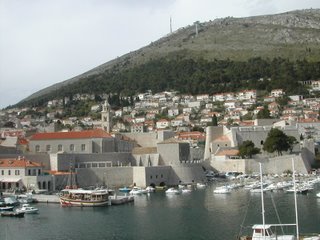




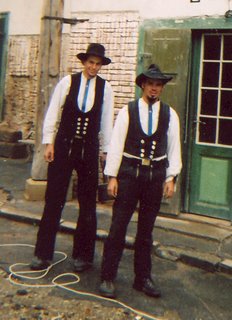
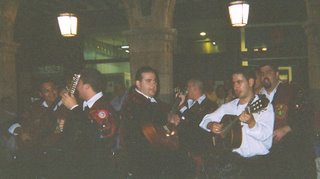


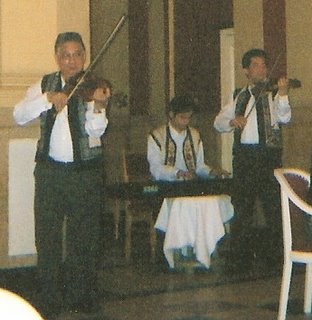




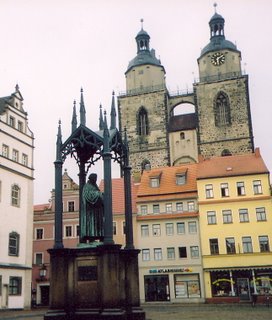
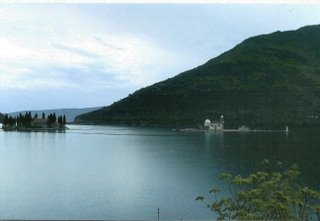




 Amsterdam, street chess, NL
Amsterdam, street chess, NL Salzburg street chess, Austria
Salzburg street chess, Austria Cetinje, Montenegro; soccer players
Cetinje, Montenegro; soccer players Sandlot soccer, Amsterdam, NL
Sandlot soccer, Amsterdam, NL 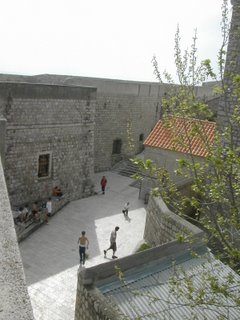 Dubrovnik, Croatia, street soccer
Dubrovnik, Croatia, street soccer
